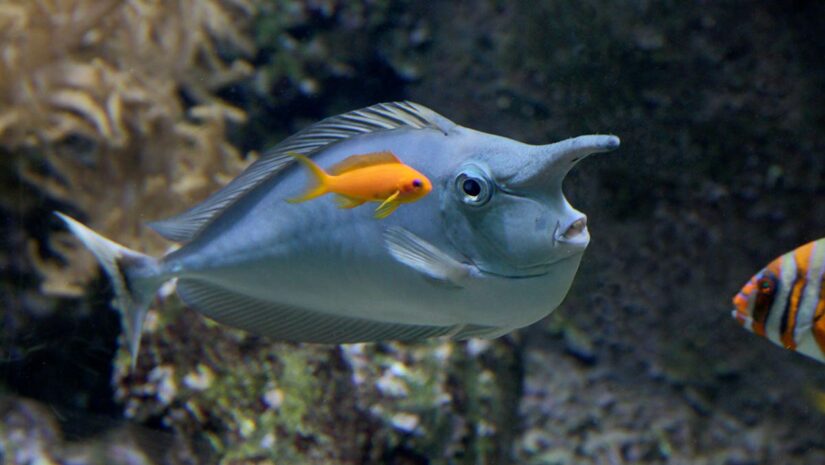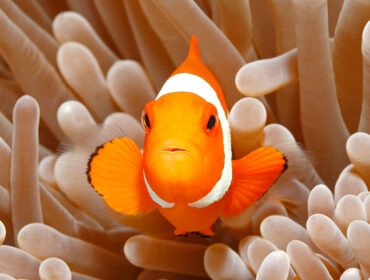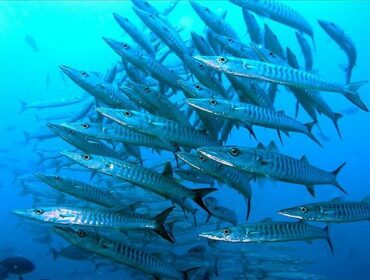The Whitemargin Unicornfish is truly a fascinating reef fish which is a delight to see while scuba diving in the waters of the Indo-Pacific. These fish are known as Unicornfish because of a spike or horn that protrudes from its forehead, which can grow quite prominently and makes this fish easy to identify and a curious inhabitant of the reef. The “Whitemargin” part of its

What is a Whitemargin Unicornfish?
The Whitemargin Unicornfish, scientifically known as Naso annulatus, is a striking reef-dwelling fish found in the Indo-Pacific region. It is characterized by its elongated horn-like protrusion on the forehead and a distinct white margin along the rear edge of its dorsal fin. With vibrant hues of blue, green, and yellow adorning its sleek body, this herbivorous species plays a crucial role in maintaining coral reef ecosystems by feeding on algae. Graceful in movement and often observed in small groups, the Whitemargin Unicornfish adds color and vitality to underwater environments, captivating divers with its unique appearance and behavior.
Characteristics
The Whitemargin Unicornfish is a striking species that belongs to the Acanthuridae family, commonly referred to as surgeonfishes or tangs. Its name originates from the elongated horn-like protrusion on its head and the distinct white margin along the rear edge of its dorsal fin. These features, combined with its vibrant coloration, make it a sought-after sight for divers exploring coral reefs.
Body Composition
The Whitemargin Unicornfish boasts a sleek, oval-shaped body, which is adorned with vibrant hues of blue, green, and yellow. It’s a fish with a horn, or characteristic horn-like extension, known as a rostral protuberance. This horn protrudes from its forehead and is often used for display or territorial purposes. Additionally, its fins are adorned with intricate patterns, adding to its allure underwater.
The horn-like appendage between their eyes begins growing when a young fish reaches about 13 cm (5 in) in length. It also tends to be a little bigger on males. The fish never use this horn as a weapon or even for self-defense. Instead, they use their sharp scalpel-like spines by their tails as a weapon.
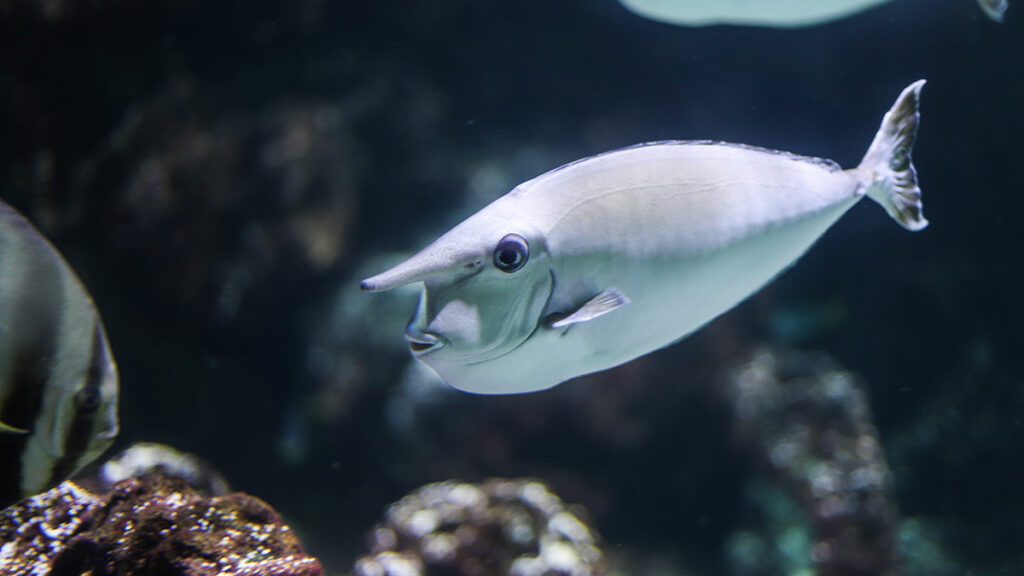
Habitat
This species is predominantly found in the Indo-Pacific region, inhabiting shallow coral reefs and lagoons with clear, warm waters. Divers often encounter the Whitemargin Unicornfish darting among coral formations, foraging for food or engaging in social interactions with other reef inhabitants.
Behavior
The Whitemargin Unicornfish, often referred to as the “fish with a horn,” are typically observed in small groups or pairs, though solitary individuals are not uncommon. They are diurnal creatures, actively foraging during the day and seeking shelter within the reef at night. Their behavior is characterized by graceful movements and occasional displays of territoriality, particularly among males competing for mates or defending feeding territories.
Diet
As herbivores, the Whitemargin Unicornfish play a crucial role in maintaining the health of coral reef ecosystems. They primarily feed on algae, using their specialized mouthparts to scrape it from rocks and coral surfaces. This dietary preference helps prevent the overgrowth of algae, which can otherwise smother coral and disrupt the delicate balance of the reef.
Lifespan
While specific data on the lifespan of the Whitemargin Unicornfish is limited, similar species within the Naso genus are known to live for up to 20 years in the wild, provided they are not threatened by predation or environmental stressors.
Predators
Despite their striking appearance, the Whitemargin Unicornfish are not immune to predation. Larger reef inhabitants such as sharks, groupers, and barracudas pose significant threats to these fish, particularly during their juvenile stages when they are more vulnerable.
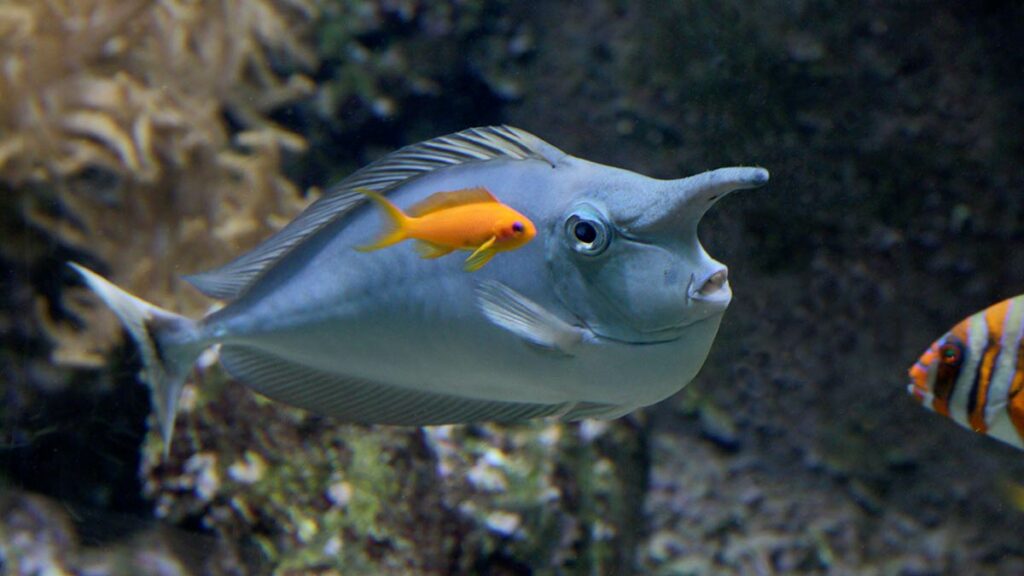
Frequently Asked Questions
Whitemargin Unicornfish are generally peaceful and non-aggressive towards other reef inhabitants. However, they may exhibit territorial behavior, especially during breeding seasons or when establishing feeding territories.
es, Whitemargin Unicornfish face predation from larger reef predators such as sharks, groupers, and barracudas. Juvenile Unicornfish are particularly vulnerable to predation until they reach maturity and size.
While Whitemargin Unicornfish are prized for their beauty, they require large aquariums with ample swimming space and proper water quality to thrive. Additionally, their herbivorous diet necessitates a constant supply of algae and other suitable foods.
Conclusion
The Whitemargin Unicornfish is a captivating species that adds vibrancy to coral reef ecosystems. With its distinctive appearance, herbivorous diet, and graceful demeanor, encountering this majestic “fish with a horn” is a highlight for divers exploring the diverse underwater world. Understanding its characteristics, habitat, and behavior not only enhances our appreciation for this species but also underscores the importance of preserving its fragile marine environment.

